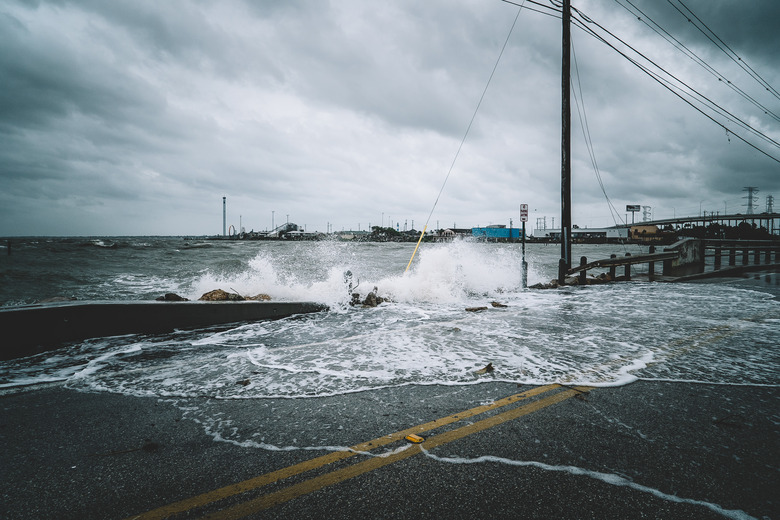Natural Disaster Effects
According to the Environmental Defense Fund, preparation for and recovery from natural disasters has cost the federal government more than $140 billion in the last 25 years. Prevention, of course, is ideal, but not all natural disasters can be prevented. Preparation can mitigate the effects. It requires a multi-agency, multi-faceted approach, with input and support of citizens. Natural disasters can have long-term and widespread effects. As complex as preparation is, so too is recovery.
Flooding
Flooding
Floods can be caused by storms or man-made structure failures such as a levee breach. The floodwaters can cause catastrophic property damage and loss of life. Floods also leave other harmful effects in their wake, including contamination of drinking water sources and septic tank and cesspool overflows. Human health effects are a serious concern.
Fire
Fire
For many years, Smokey the Bear warned of the danger of forest fires, ushering in an era of fire suppression. Also, development and urban growth into forest habitats has set the stage for devastating wildfires. Many ecosystems such as prairies evolved with fire. The fire, in turn, made the ecosystem healthy by recycling nutrients within the system. Fire suppression increases the duff layer (decaying vegetable matter on the ground) in forests. Fires in these areas burn hotter and more intensely. Trees that could recover are no longer able to do so. Intense fires quickly become unmanageable, leading to greater property and environmental damage.
Drought
Drought
Drought, of itself, is a devastating event, leading to crop loss and possible topsoil loss. It also carries another equally serious impact. Dry, compacted soils provide little opportunity for rainwater to penetrate during storms. Drought-affected areas then become vulnerable to floods. Stream banks are easily eroded without the soil-anchoring vegetation lost during a drought. A buildup of forest litter also increases the risk of wildfires.
Earthquakes
Earthquakes
Earthquakes represent a truly deadly natural disaster. Unlike other disasters, earthquakes can strike with no warning, day or night. States such as California have long instituted the necessary building codes and structure reform. Other high-risk states such as Illinois and Indiana are vulnerable in that local populations may be unaware of the threat. Sound infrastructure is the best defense because there are no guarantees of safety. Property loss and impacts on infrastructure are common effects. Coastal areas are also at risk for tsunamis and flooding.
Hurricanes
Hurricanes
A study by Massachusetts Institute of Technology has shown an increase in intensity and duration of major weather events in both the Atlantic and Pacific oceans since the 1970s. Hurricanes can combine the effects of other natural disasters, proving especially destructive. Immediate effects can include storm surges and tornadoes. Heavy winds can cause property and environmental damage. Flooding is almost a certainty with heavy rainfalls. Long-term effects are not uncommon, as impacted areas recover.
References
Cite This Article
MLA
Rogers, Chris Dinesen. "Natural Disaster Effects" sciencing.com, https://www.sciencing.com/natural-disaster-effects-5552385/. 22 November 2019.
APA
Rogers, Chris Dinesen. (2019, November 22). Natural Disaster Effects. sciencing.com. Retrieved from https://www.sciencing.com/natural-disaster-effects-5552385/
Chicago
Rogers, Chris Dinesen. Natural Disaster Effects last modified March 24, 2022. https://www.sciencing.com/natural-disaster-effects-5552385/
